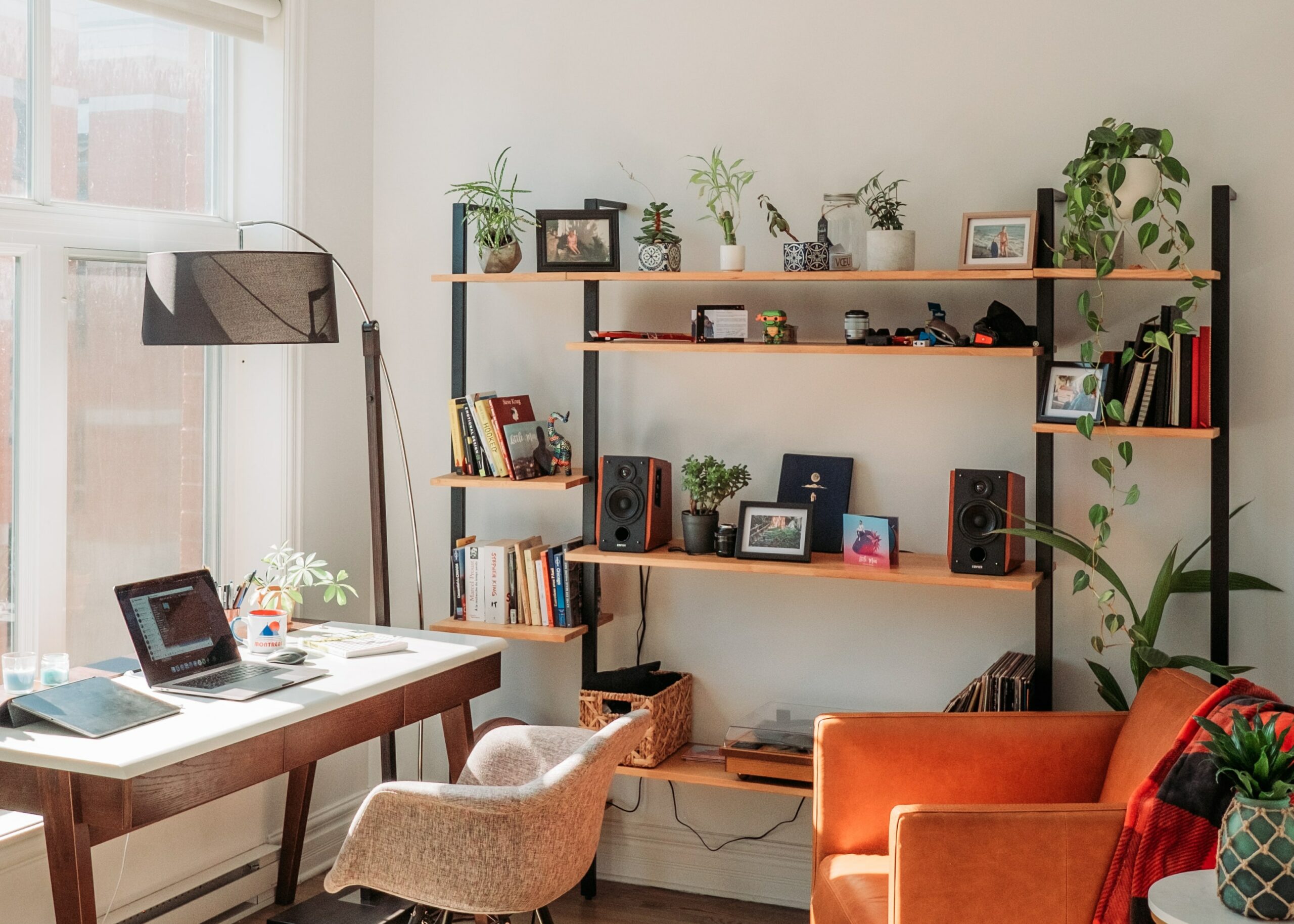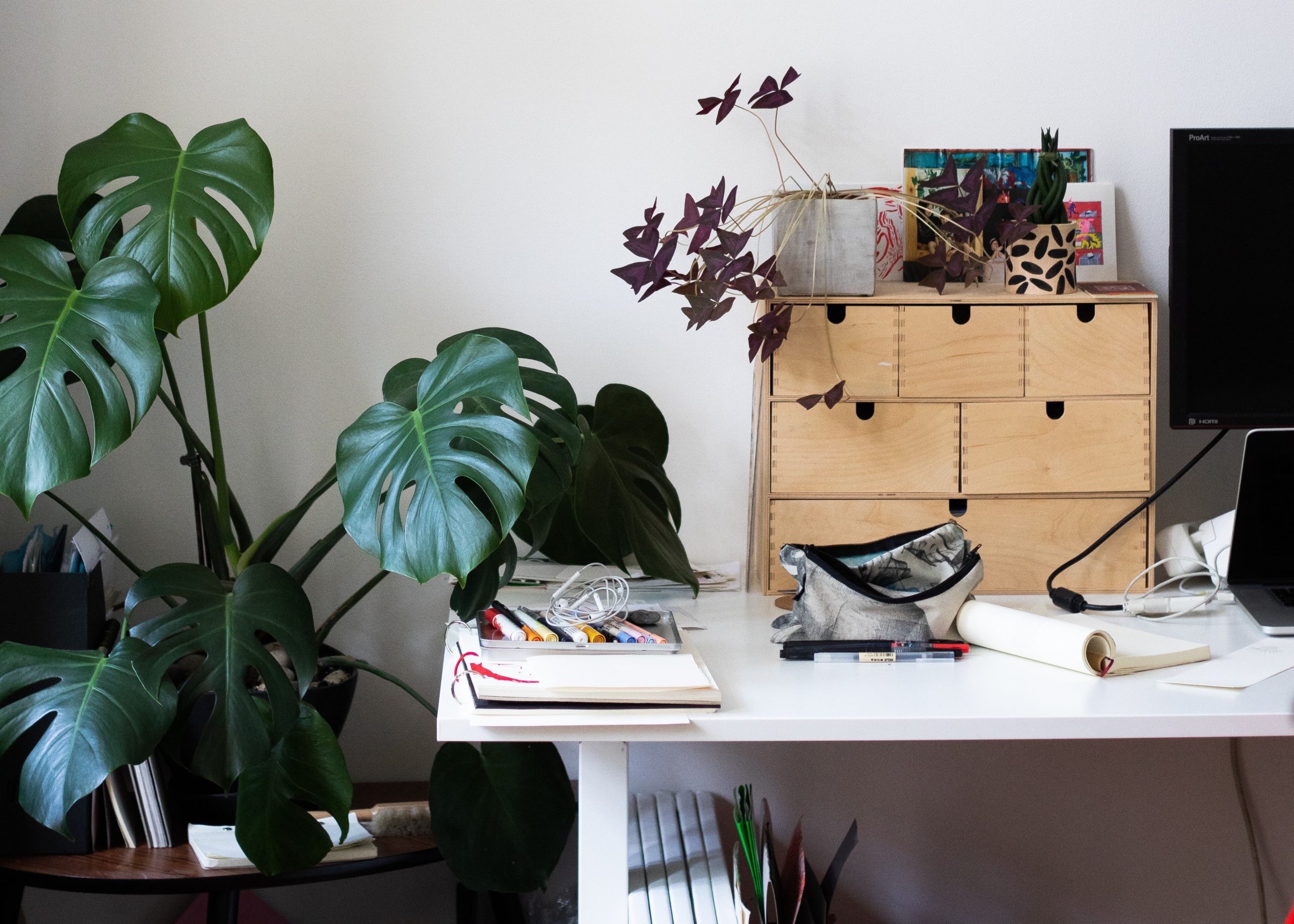PSA: Having A Day Job Doesn’t Make You A Sellout

The starving artist is one of the world’s great stereotypes. Art fills the soul of creator and audience, reminds us all what it means to be human, and shapes us both as individuals and society at large. And yet every artist — whether they’re a writer, illustrator, performer — has been asked to create work in exchange for “experience” or “exposure.” Cue the collective groan of a thousand artists who are officially over it.
Because of the nature of creative work, many artists have a day job. It’s the thing you do to keep a roof over your head and food on the table. Most of the time, these are minimum wage, part-time jobs with inconsistent hours. We do it for flexibility. Sometimes you don’t know when an audition will come up or when you need studio time to paint, dance, or rehearse. Sometimes random opportunities come your way and you have to be free to take them on. A 9-to-5 job that expects – nay, requires – your regular presence is, well, impractical.
Yet I would still argue that taking on a full-time job is one of the best things I’ve done for my artistic career. Despite the drawbacks, I’ve found a way to prioritize my acting career while still working full-time. For artists who are struggling to make ends meet and also make time for their art, there are ways you can make a full-time job work with your artistic career.
Your “day job” doesn’t have to be your “forever job.”
Step one? Set an exit date for your full-time job. Your first piece of advice in making a full-time job work for you is to leave it? Yep — eventually.
The late acting coach William Esper wrote two books summarizing what it is like to be a student in his two-year acting conservatory program. His second book, The Actor’s Guide to Creating a Character, ends with some sobering advice regarding life in the arts. In his final speech to that year’s graduating class, William Esper tells his students, “If you do not commit to this life in the arts – as crazy and wacky and strange as it is – it won’t be art’s fault that you never succeed. It will be yours.”
Of course, commitment looks different for everyone, and you can still be committed to your craft while working a full-time job — composer Phillip Glass famously worked as a cab driver and plumber to fund his music career. At the end of the day, the only person who can stop you from being an artist is yourself. The beauty of being an artist is you can create up until your final breath. It also requires focus and attention, however. So if you find that your full-time job is taking that away, remember: Your day job doesn’t have to be your forever job.
If you find that your job is taking away from your art, it might help to set an exit date for yourself. Most employers like to see that you’ve been employed at any given company for two years. At my last full-time job, I told myself, “I will give this job two years, then we’ll see what happens.” All the time I was there, I worked hard to stay focused on the fact that this job was meant to serve my art. My full-time job did not define me.
Use your day job to supercharge your savings.
Artists need emergency funds. I loved Jeff Goins’ book, Real Artists Don’t Starve, and near the beginning of the book, Goins briefly summarizes the history of the artist sponsorship. The struggle of the artist has always been rent vs. art. Historically, some artists have come from wealthy families. Others were able to get the patronage of wealthy philanthropists. Most of us, however, have neither of those options immediately available to us. You have to be your own sponsor, and it starts with an emergency fund.
When I first took this full-time job, I was given a salary of $32,000. I set up automatic savings transfers — again, something scary when you are an artist with unstable income — and squirreled away about $100 per week, or $400 a month. At some point, I figured out that if I saved $6,000, I’d have enough money for three months of basic living expenses, like rent, loans, groceries, and utilities. Within a couple of years, I hit my emergency savings goal. You can save for an emergency when your income is unstable, but you’ll get there a lot faster with a regularly scheduled paycheck.
Practice your craft regularly.
Regularly practicing and improving your craft is a life-long journey. Regular income means you can potentially set aside money for classes, though. Use the time while you have a steady stream of income to explore different studios and teachers. It can be hard to stay focused on your craft and afford classes when you’re worried about keeping a roof over your head. When you have a full-time job and your financial struggle is not at the forefront of your mind, you’re free to explore classes and determine what you need as an artist.
In-person classes are wonderful places to network and meet people, too. Not only will they help you stay in the zone and up to date with the current scene, but when you are ready to get out of that full-time job, you’ll have an army of fellow artists to help you with leads.
*****
Like it or not, stable, regular income is a gift. It’s one less thing to worry about and keeps the panic at bay when you’re working on your art. When we’re stressed, panicked, and overwhelmed, we usually do not make the best choices. A day job can support the career you want, both financially and emotionally.
Anna Lewein (“lay-wine”) is an actor. 5 years ago, she moved with her husband (also an actor) to pursue those Broadway dreams. She and her husband enjoy cooking together, watching dogs play in New York’s many dog parks, and catching as many Broadway shows as they can. You can find her on Instagram and Twitter.
Image via Pexels
Like this story? Follow The Financial Diet on Facebook, Instagram, and Twitter for daily tips and inspiration, and sign up for our email newsletter here.




